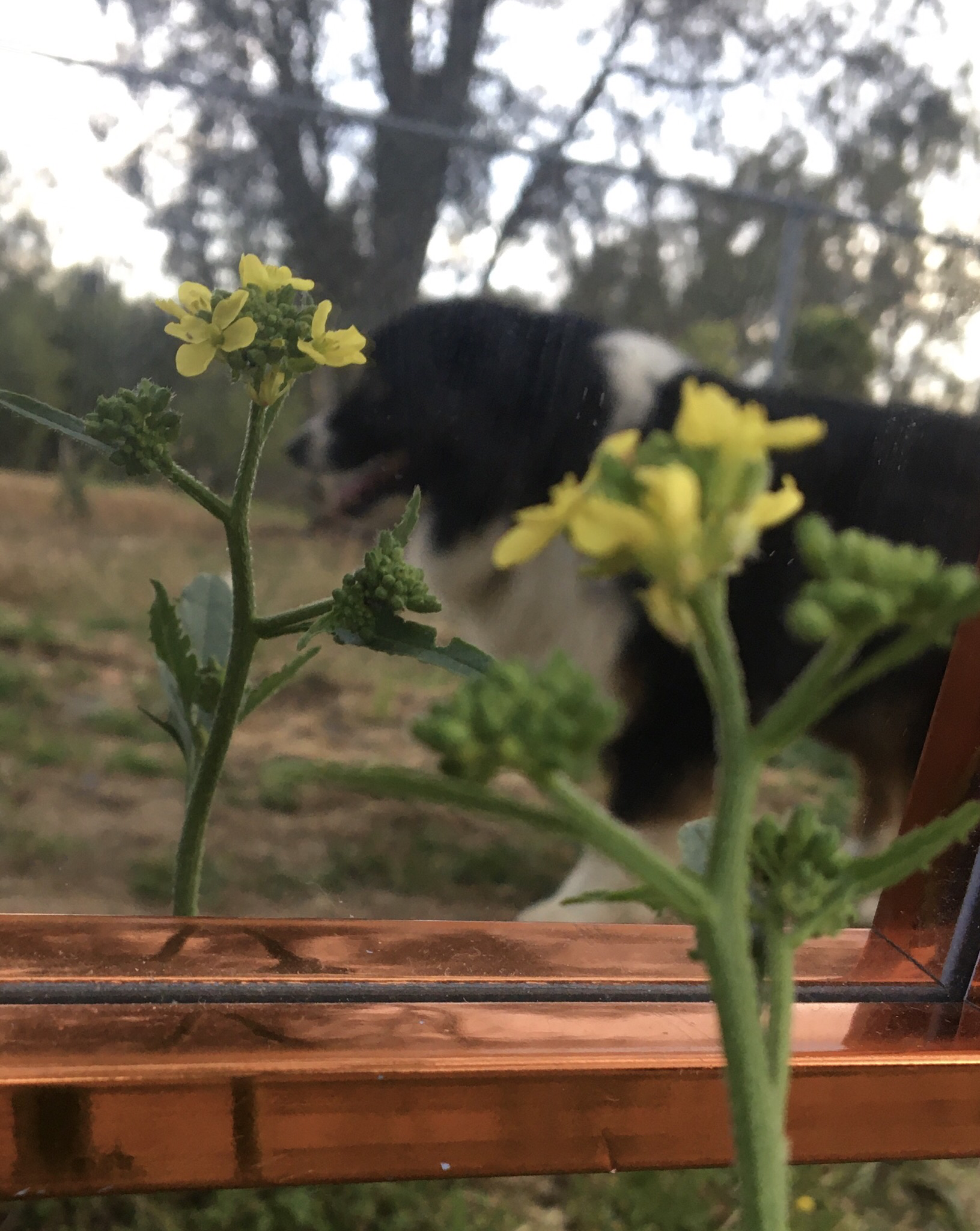These students are using a new perspective to create, shape.
Growth Goals
These are 6th grade student samples of a photograph assignment that was completed while quarantined during the time of the Covid-19 pandemic. The assignment asked students to create an artwork that focused on catching reflective surfaces in action. I could not be any more proud of their original executions of ideas.
Induction Transition Plan Goals (2018)
I created these goals after completing my students teaching requirements. Here is the link to my Induction Transition Plan from California Baptist University: https://bit.ly/2T83SBo
Classroom management and discipline procedures.
Rhythm and timing of giving instruction and providing student prompts to assist them with classroom time management.
Creating engaging instruction that allows students to think critically and creatively.
Professional Growth Goals (2019)
I created these goals at the beginning of my induction program while completing my first year of teaching at the Menifee United School District.
Classroom management including positive engagement from the whole student.
Aligning learning tasks to rubrics and standards.
Project based learning environment that fosters a student responsibility to serve as an active citizen by focusing on problem solving, global awareness, and creativity.
A comparison of my Initial CSTP and my Final CSTP Self-Assessments
I completed my initial CSTP assessment at the beginning of the 2019-20 school year and the final assessment 8 months later. Here is an overview of their comparison:
Initial
CSTP 5 Assessing Students for Learning
CSTP 3 Understanding and Organizing Subject Matter for Student Learning
CSTP 6 Developing as a Professional Educator
CSTP 2 Creating and Maintaining Effective Environments for Student Learning
CSTP 1 Engaging and Supporting All Students in Learning
CSTP 4 Planning Instruction and Designing Learning Experiences for All Students
Link to Initial CSTP Self-Assessment: https://bit.ly/2Wz3AFK
Final
CSTP 6 Developing as a Professional Educator
CSTP 3 Understanding and Organizing Subject Matter for Student Learning
CSTP 2 Creating and Maintaining Effective Environments for Student Learning
CSTP 1 Engaging and Supporting All Students in Learning
CSTP 5 Assessing Students for Learning
CSTP 4 Planning Instruction and Designing Learning Experiences for All Students
Link to Final CSTP Self-Assessment: https://bit.ly/3bCo1Ge
At first glance I could say that I am disappointed in that CSTP 4 remained at the bottom of my strengths despite me working specifically on goals related to that area. Yet on a second look, I am very excited to see that I had grown in CSTP 6 which is the development of myself as a professional educator. Reflecting on CSTP’s 2, 3, and 6, I can see specific areas I may be stronger in then others. One area of strength is my promoting social development and responsibility within a caring community where each student is treated fairly and respectfully. This has become a very important concept in my classroom due to the amount of technical and valuable equipment students work with. I can also see an improvement in the area of CSTP 6, more specifically, as I have learned to collaborate with colleagues and engage in the broader professional community to support both myself and my students. I have been given multiple opportunities to continue with these collaborative relationships through the NAEA (National Art Education Association) and also through personal relationships with elective teachers in my school, in my district, and through social media. I have reached out to many
One area I have come to better understand is in the importance of learning about and working with families to support students. I believe that this is my largest area of growth. I have learned to reach out to parents through email, phone calls, and grade reports sent home. I began using positive phone calls home at the beginning of the year with not fully understanding how this would positively affect student success. The criteria for a positive call home was not to highlight students who excel in my class, but to give light to small successes in specific areas, in all students. The students who received positive calls home often had a noticeable change in excitement and fervor for reaching future milestones in class.








